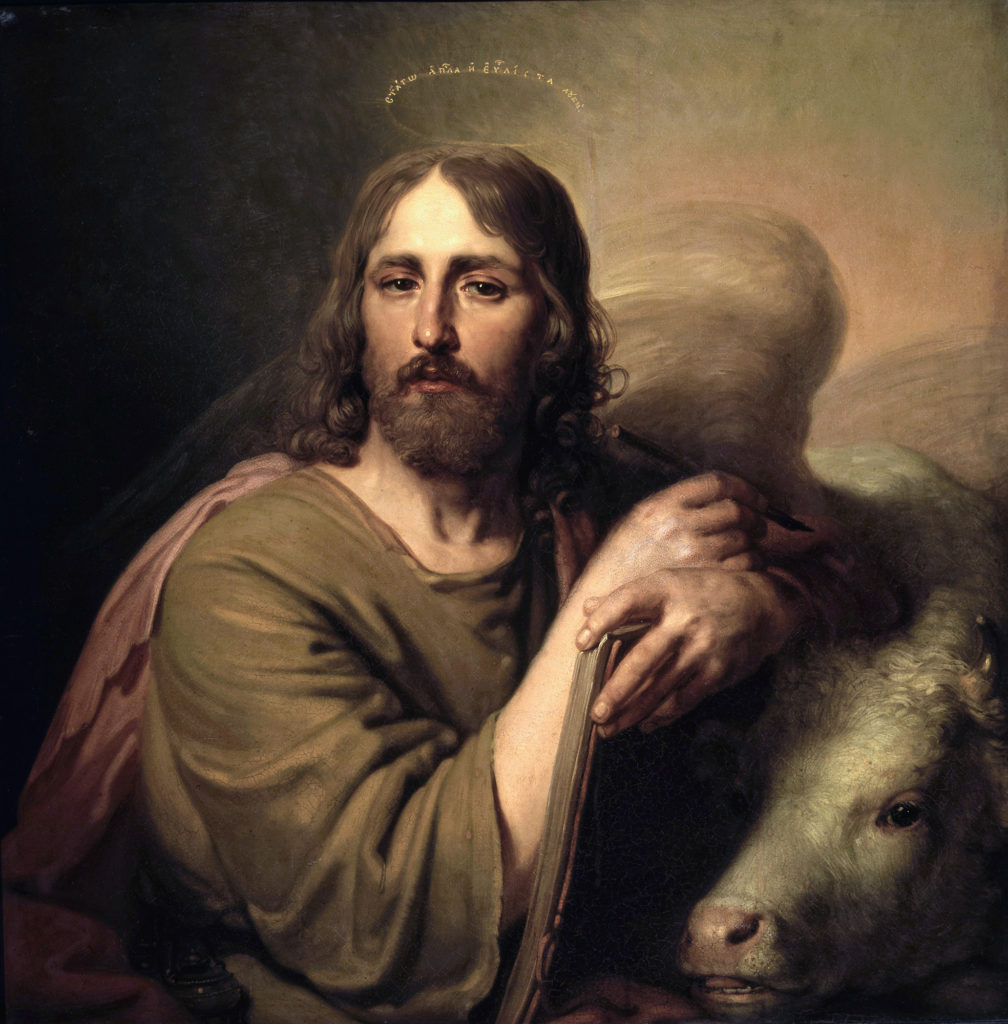What I know about film can fit comfortably in a single frame. I am neither Siskel nor Ebert.
But I know a thing or two about the New Testament, and I was deeply moved by the 2018 film “Paul, Apostle of Christ.” It made me aware of something that should have been obvious to me — something hidden in plain sight in every Bible.
The movie made me see the colossal importance of Paul’s friendship with Luke (whose feast we’ll celebrate on Oct. 18).
Their relationship is different. It first appears in the New Testament in the Acts of the Apostles, and it emerges in a subtle way. Luke, the author of Acts, simply begins to use the first-person plural pronoun, we, in his narration, because now he’s traveling with Paul. It’s subtle, but stunning in its subtlety. It’s the clear marker of the beginning of a friendship.

Paul, for his part, mentions Luke often. Perhaps the earliest mention, chronologically, is in the apostle’s Letter to Philemon, which ends with a name-drop of Luke among Paul’s “fellow workers.”
In his Letter to the Colossians Paul takes it up a notch, referring to Luke as his “dear friend” and “doctor.”
In the second of Paul’s letters to Timothy, after naming those who have deserted him, he says poignantly, “Luke alone is with me” (2 Timothy 4:11).
Paul’s relationship with Luke was unique. He refers to Timothy and Titus as sons (1 Timothy 1:18; Titus 1:4). But Luke is a friend, beloved and loyal. He is the other half of “we.” He alone remains.
Together they accomplished what no man could do alone. Luke wrote the two longest books in the New Testament, the third Gospel and the Acts of the Apostles. Paul wrote more New Testament books than anyone else — 13 or 14, depending on how you count.
Luke’s Gospel weighs in at 19,482 words, and Acts at 18,451 words, for a total of 37,933 words. Paul’s 13 letters total 32,407 words (if you add Hebrews, the count goes up to 37,460).
Thus, Paul and Luke together wrote at least 70,340 out of the 138,020 words in the New Testament.
Together they wrote more than half of this book that the Church has designated to be inspired by God.
And we should never doubt that theirs was a true collaboration. Since the early Church, readers have referred to Luke’s Gospel as “Paul’s,” because the narrative so perfectly enacts the theology we find in his letters.
The friendship of Luke and Paul was the dynamo that powered the Church’s growth in its first generation. That was God’s providential purpose in bringing them together: because Paul and Luke together accomplished what they could never have done separately.
This is the power of friendship in God’s plan. This is why Jesus called his apostles “friends” (John 15:15). This is why the early Christians used “the friends” as a synonym for the Church (3 John 1:15).
What apostolic wonders is God waiting to work through your friendships and mine?

